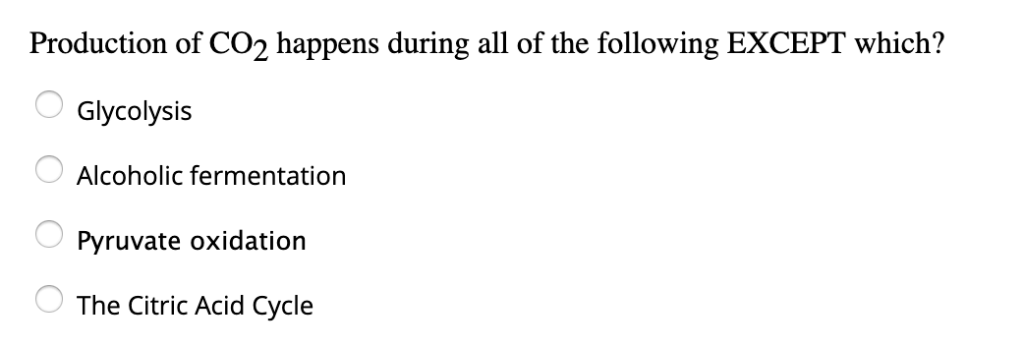

This counterpoint is intended to set the record straight.ĪTP acetyl CoA pathway alkaline hydrothermal vent chemiosmotic coupling origin of life pH gradient. It can be described as the measure of the potential energy stored ( chemiosmotic potential) as a combination of proton and voltage (electrical potential) gradients across a membrane. Unfortunately, Jackson mainly criticized his own interpretations of the theory, not what the literature says. One strategy is the movement of electrons but not protons across a membrane-embedded protein. Recently, however, a paper by Baz Jackson criticized the hypothesis, concluding that natural pH gradients were unlikely to have played any role in the origin of life. This perspective describes how the proton gradient is formed. As argued previously in these pages, such deep conservation suggests that ion gradients arose early in evolution, and might have played a role in the origin of life.

Their congruence with the physiology of anaerobic autotrophs that use the acetyl CoA pathway to fix CO 2 gives the alkaline vent model broad appeal to biologists. Proton gradients are equally central to all forms of photosynthesis, as well as to bacterial motility (via the famous flagellar motor, a rotary motor similar to the ATP synthase) and. Chemiosmotic coupling - the harnessing of electrochemical ion gradients across membranes to drive metabolism - is as universally conserved as the genetic code. Alkaline hydrothermal vents harbour pH gradients of similar polarity and magnitude to those employed by modern cells, one of many properties that make them attractive models for life's origin. This process simultaneously induce a proton gradient (chemical) across the membranes which is known as a protonmotive force (P) and electrical gradient known as mitochondrial membrane potential ( m) 4. Chemiosmotic coupling - the harnessing of electrochemical ion gradients across membranes to drive metabolism - is as universally conserved as the genetic code. The flow of these protons down the gradient turns the rotor and stalk of the ATP synthase, which makes it possible for a phosphate group to join with adenosine diphosphate (ADP), forming ATP. The proton gradient is established by pumping protons against their electrochemical gradient across the IMM.


 0 kommentar(er)
0 kommentar(er)
